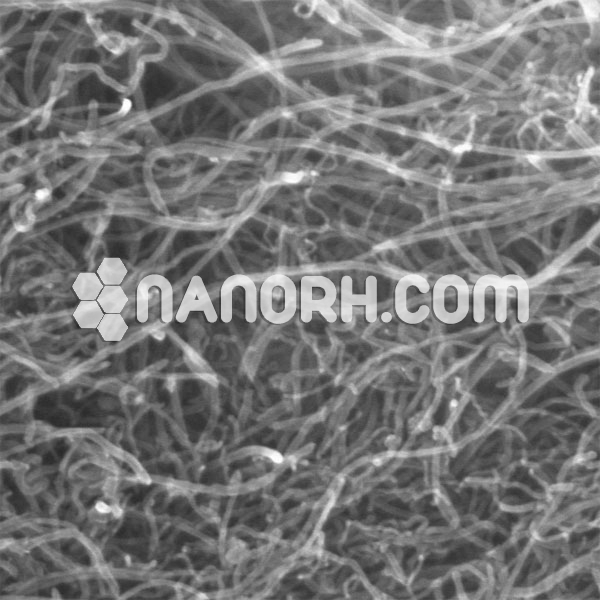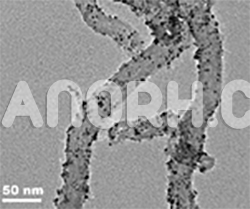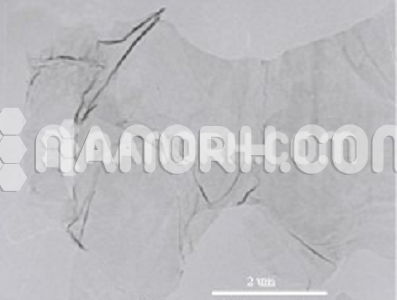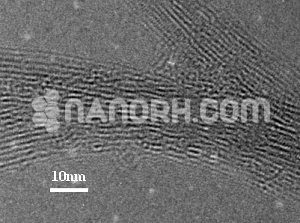| Carbon Nanotubes | |
| Product No | NRE-38002 |
| CAS No. | NA |
| Purity | Carbon nanotubes > 90wt% |
| Average Diameter | 8-15 nm |
| Average Length | 30-50 um (TEM) |
| Special Surface Area(SSA) | >250m2/g(BET) |
| Tap Density | 0.10 g/cm3 |
| True Density | 2.1g/cm3 |
| Electric Conductivity | > 100 S/cm |
Industrial Grade MWNTs (MWCNTs) Application
Introduction
Multi-walled carbon nanotubes (MWCNTs) are advanced nanomaterials composed of multiple layers of carbon atoms arranged in a cylindrical structure. Their unique morphology grants them extraordinary mechanical, electrical, and thermal properties, making them valuable in various industrial applications.
Key Characteristics:
High Strength: MWCNTs possess remarkable tensile strength, making them stronger than steel at a fraction of the weight.
Excellent Conductivity: They exhibit both metallic and semiconducting properties, enabling a wide range of electrical applications.
Thermal Stability: With high thermal conductivity, they can efficiently dissipate heat.
Applications
Composite Materials:
Reinforcement: Used to enhance the mechanical properties of polymers, ceramics, and metals, leading to lighter and stronger materials for industries like aerospace and automotive.
Functional Composites: MWCNTs are added to plastics and rubber to improve thermal and electrical conductivity.
Electronics:
Conductive Films: Employed in the production of touchscreens, flexible displays, and printed electronics due to their superior conductivity.
Nanoscale Devices: Used in the development of transistors, sensors, and memory devices, enhancing performance and miniaturization.
Energy Solutions:
Batteries and Supercapacitors: Integrated into electrode materials to increase energy density and charge/discharge rates, improving the performance of rechargeable energy storage systems.
Fuel Cells: Act as catalysts or supports in fuel cell applications, boosting efficiency and durability.
Biomedical Engineering:
Drug Delivery Systems: Functionalized MWCNTs are employed to target drug delivery to specific cells or tissues, improving therapeutic efficacy.
Biosensors: Used in diagnostic devices for real-time monitoring of biological markers due to their high sensitivity.
Environmental Applications:
Water Purification: MWCNTs can effectively adsorb pollutants, heavy metals, and organic compounds, enhancing water treatment processes.
Air Quality Sensors: Utilized in the development of sensors for detecting airborne toxins and pollutants.
Thermal Management:
Heat Dissipation Materials: Integrated into electronics and thermal interface materials to enhance heat transfer efficiency and prevent overheating.
Additive Manufacturing:
3D Printing: MWCNTs are being used to create advanced materials with improved properties for 3D printing applications, enabling more complex and functional designs.




